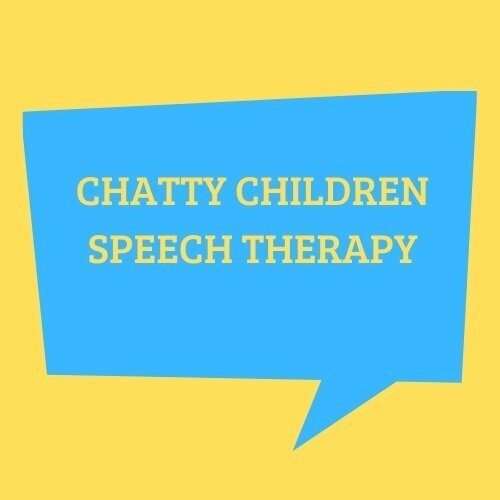I can't understand my child's speech.....help!
This is something parents will often say to me. We have all experienced communication breakdown when we have been unable to understand or be understood by others. To manage this as adults we might ask the person to repeat, or we might respond through a nod or laugh (nervously) in the hope the conversation will continue.
Communication breakdown also happens when we are playing and talking with our children. It is more likely to occur if your child has difficulties communicating. This could be because they do not use words to express themselves, they have difficulties pronouncing sounds, or they stammer. This can be frustrating for both you and your child. It is not always possible to get it right every time and that is okay. Here are some tips for helping in those moments.
A Best but Educated Guess
Use what you know about your child and the environment to take a best guess at what you think they are trying to say. It could be they are trying to tell you about a toy they are holding or looking at, or something related to what you are chatting about.
Give Choices
Help narrow down the options by giving a verbal and where possible visual choice. For example, if you are playing with dinosaurs and your child wants you to do something with them but you do not understand what they have said, give them a choice. “Make the dinosaur jump or run?” You can show them the actions as you say the words. This strategy is also great to teach your child vocabulary.
Show Me
Encourage your child to show you what they have said. This is not always possible and is easier if your child is talking about something in the ‘here and now’.
Be a Detective
If you are finding your child is trying to say the same word over a few occasions, start to note down when and where it happens. You could use your phone or a note on the fridge. This detective work may help you to spot commonalities and patterns which can help you find out what they are trying to say.
Use Others Forms of Communication
If your child is older/able, encourage them to draw or write what they are trying to tell you. With younger children, you can introduce Makaton or baby sign. If you use the signs for the things your child is interested in (e.g. favourite food and toys) it may help you to better understand them if there is a communication breakdown. When using signs like Makaton you always sign and say the word. The BBC Cbeebies website has some great information all about Makaton which features on one of their popular shows, Something Special with Mr. Tumble. https://www.bbc.co.uk/cbeebies/grownups/makaton.
Be Down at your Child’s Level
This allows you both to hear and see each other, allowing you to pick up on nonverbal communication, which gives us a lot of information. For example, what your child is looking or pointing at.
Find the Balance
A child may be happy to repeat what they have said a few times, or once, or not at all. This may be dependent on what they are feeling and what they are trying to tell you. Do not force your child to repeat what they have said if they do not want to, as this can make them feel frustrated.
Acknowledge their Feelings
If your child is frustrated or sad when they are not understood by others, the temptation is to say things like ‘don’t worry’ and ‘it’s okay’. Instead, acknowledge how they are feeling by labeling their emotion. For example, I can see you’re ‘frustrated because I don’t understand you, that must be difficult, but I will keep listening’.
Communication breakdown is difficult to manage and can leave you and your child feeling frustrated, sad, and a whole range of other feelings. Use these tips as a ‘toolkit’ of different strategies to utilise in those moments.
If you are concerned about your child’s communication and would like help, contact us using the button below to arrange a free phone consultation.
